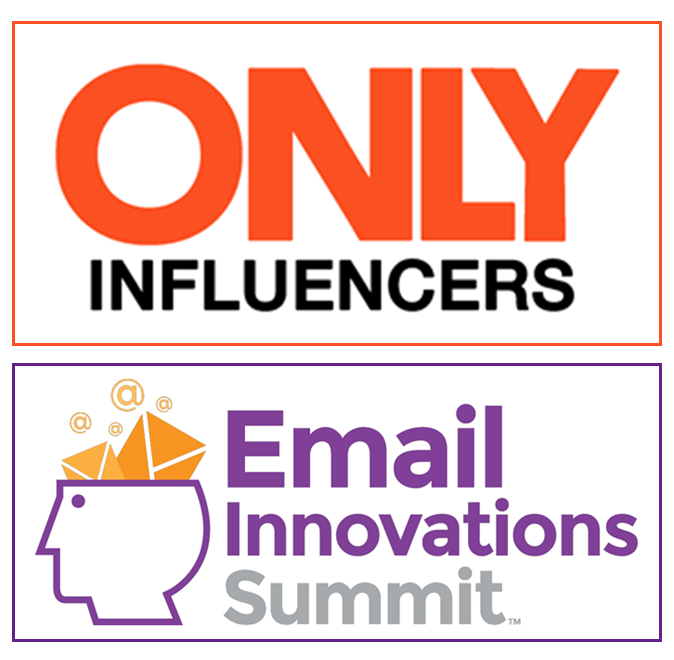I had a call last month with some smart people who were new to email marketing. It was concerning to me how misunderstandings were driving their efforts — and dooming their program. Here’s how to avoid the same fate.
Misunderstanding #1: You need a large email list to be successful
There’s no magic ‘threshold’ on list size; you can have a list of a million that performs poorly or a list of 5,000 that’s profitable. The key to success with a list is the quality of the people on it.
So what makes a quality list? Here are a few keys to success:
- people who are in your target audience
- people who have a relationship with your brand
- people who will find the content you send them relevant
- people who are in a position to purchase your product or service
The misunderstanding here is focusing on quantity over quality. Notice that the first word of each of my keys to success is ‘people’ — not email addresses. Your list is made up of people, it’s more than just a numbers game.
Misunderstanding #2: Email list growth is effortless
For most organizations, your website is ground zero for list growth; the majority of people visiting your site are in your target audience and would be good candidates for your email list.
But not always. In this case, the email sign-up had been in a prominent location above the fold on their website — but the only people who signed-up for email were outside the target audience, not potential customers. So they moved it to the footer.
Did this stop a large number of unqualified prospects from signing up each month? Yes. But it also pretty much stalled their list growth. Now they had maybe a handful of new email sign-ups a month, and even they weren’t great quality.
So not a great solution. The keys to success with email sign-ups are:
- Location: above the fold on each page of your website is best
- Traffic: website visitors who are in your target audience
- Copy: a sign-up that showcases the value of the email relationship
Rather than just giving up, be sure to test all three of these elements. My guess is that the site is getting a low level of traffic and that most of these people aren’t qualified prospects. The solution here is to invest in search engine optimization, perhaps along with other channels, to make sure your site is attracting your target audience.
The value proposition in their sign-up also needed some work. No one needs another email in their inbox — but if your email content will help the visitor do their job better, enjoy a hobby more or enhance their life in some other way, people will be motivated to sign-up.
Misunderstanding #3: You can only send one type of email
The third misunderstanding is perhaps the saddest. The idea that you have to choose, that it’s this OR that, not this AND that:
- newsletters or promotions, or
- long messages or short alerts, or
- webinar invitations or white paper offers, or
- automated trigger emails or business-as-usual campaigns
One of the best things about email marketing is the versatility. Email is a pipeline — and you can send pretty much anything you want through it, at any time. And the best email marketing strategies leverage this to the hilt, so you could send:
- weekly email newsletters (60% editorial, 40% promotional)
- monthly promotions (100% promotional)
- short alerts when there’s a bit of industry news
- more in-depth messages when something that will have a large impact on the industry happens
- invitations to attend your quarterly webinars
- white paper offers every other month
- triggered follow-ups to those who download white papers
- business-as-usual emails to announce partnership agreements
Now, it would take some time to build out a program with this many elements. The key to success is to prioritize based on resources needed and potential impact. Start with the things that will produce the biggest bang for your company with the smallest investment. Then keep adding.
So where to start?
There are lots of good resources out there for new email marketers, to help you bypass the misinformation and misunderstandings and get to the heart of what you need to know to be successful.
Here are a few I used as this semester’s reading list for the email marketing unit of my Georgetown University class:
The Ultimate Guide to Email Marketing, Christina Perricone for the Hubspot, October 30, 2019
Email Marketing Guide for Successful Campaigns, MailChimp
Email Marketing: How Hard Can It Be? Derek Harding for the eec, November 26, 2018
The Future of Email Marketing & Marketing Automation | 2020 edition, Jordie van Rijn for EmailMonday
What Is Email Automation? Definition, Benchmarks, Marketing Best Practices with Examples, Chiradeep BasuMallick for Martech Advisor, November 20, 2019
Email marketing can be very profitable, and a lot of fun, when you can bypass the misunderstandings. Do a little reading, then see what you can do to make your email marketing program more successful. Let me know how it goes!






